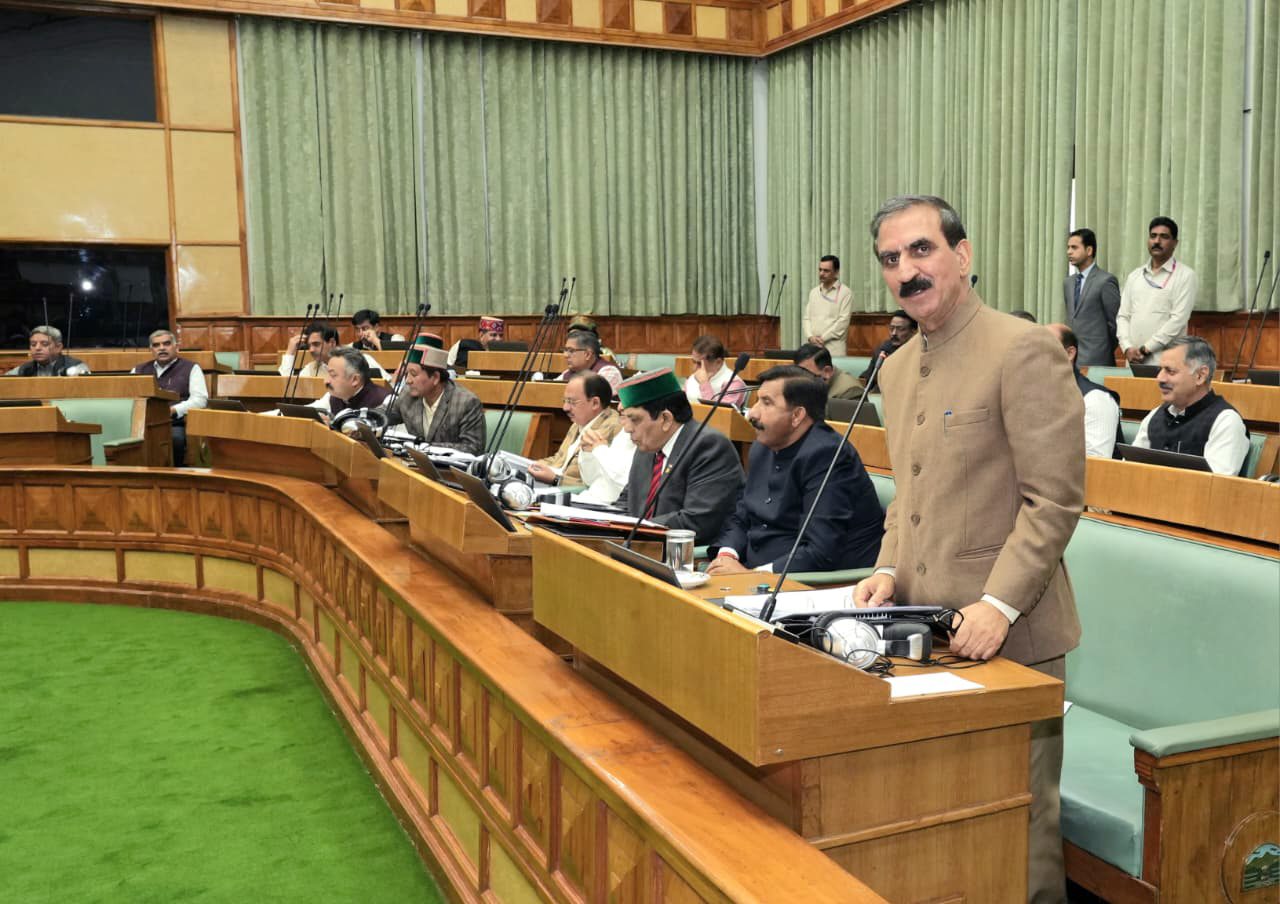Chief Minister Sukhvinder Singh Sukhu informed the Himachal Pradesh Assembly through written response that the state’s total debt stands at Rs 98,182 crore as of July 31, 2025. The government has made budgetary provisions of Rs 4,243.57 crore for principal repayment and Rs 6,738.85 crore for interest payments in the financial year 2025-26.
Responding to a question by BJP MLA Dr. Janak Raj from Bharmour, the Chief Minister explained that loans taken in July 2025 are being utilized for various developmental works through the budget. The government has strategically borrowed for a long-term period of 22 years to ensure that the repayment burden does not fall within a short interval.
The CM acknowledged that due to limited state resources, the Himachal Pradesh government has to depend on the central government for budget expenditures. This dependency has increased significantly since the implementation of GST from July 1, 2017, as many state taxes were merged into the GST framework, reducing the state’s independent revenue sources.
Sukhu highlighted that GST implementation resulted in financial losses for the state, which were compensated by the Centre for the first five years. However, this compensation was discontinued from July 1, 2022, further straining the state’s finances. The revenue deficit grant recommended by the 15th Finance Commission, which was Rs 11,431 crore in the first year 2020-21, has been steadily decreasing and will be only Rs 3,257 crore for the final year 2025-26.
The Chief Minister revealed that the state’s debt burden is estimated to exceed one lakh crore rupees in the coming months, marking a significant milestone in the state’s financial challenges. This projection underscores the mounting fiscal pressure on the hill state, which continues to grapple with limited revenue sources and increasing expenditure commitments.
The government’s borrowing strategy involves taking long-term loans to spread the repayment burden over an extended period, preventing immediate fiscal stress. However, this approach also means that future governments will inherit substantial debt obligations, potentially limiting their fiscal flexibility for new developmental initiatives.
The dependency on central funding has become more pronounced since GST implementation, as the state lost several independent tax collection mechanisms. The compensation mechanism that was designed to cushion states from GST-related revenue losses has ended, leaving states like Himachal Pradesh to navigate the new tax regime without additional central support.
The declining revenue deficit grant from the Finance Commission presents another challenge, as this support mechanism is designed to phase out gradually, expecting states to achieve revenue balance independently. For Himachal Pradesh, this transition comes at a time when the state is already dealing with significant debt obligations, limited revenue growth options and monsoon losses.
Despite these challenges, the Chief Minister stated that the government has taken several appropriate measures to increase revenue from its own resources and reduce dependence on borrowing. However, the specific details of these revenue enhancement measures were not elaborated in the assembly response.
The state’s debt-to-GDP ratio and its sustainability will likely become crucial factors in future financial planning and policy decisions. With interest payments alone requiring over Rs 6,700 crore annually, a significant portion of the state budget is committed to servicing existing debt rather than funding new developmental projects.





